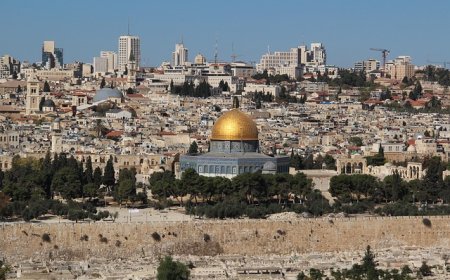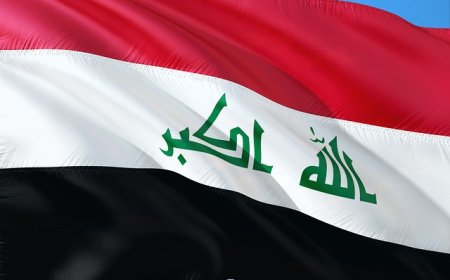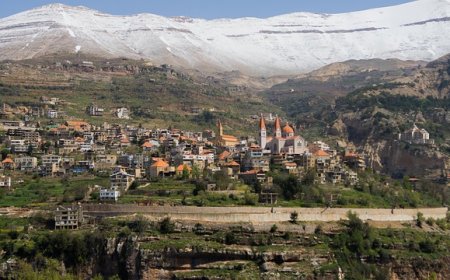Kazakhstan for Students: Geography, Culture, and History of Central Asia’s Largest Country
Discover Kazakhstan for kids. Learn about grasslands, mountains, and Kazakh culture. Includes fun facts, vocabulary words, and a quiz.
🇰🇿 Kazakhstan: Heart of the Steppe and Gateway of the Silk Road
Introduction
Kazakhstan is the largest country in Central Asia and the ninth-largest country in the world by area. It stretches across grasslands, deserts, and mountains, and even reaches into Europe, making it a transcontinental nation. Although it is landlocked, meaning it has no coastline, Kazakhstan is home to big cities, open skies, ancient trade routes, and a rich nomadic history.
From horseback riders on the steppe to futuristic skyscrapers in the capital, Kazakhstan is a country where tradition and modern life mix in fascinating ways.
Geography and Landscape
Kazakhstan is bordered by Russia, China, Uzbekistan, Kyrgyzstan, and Turkmenistan. It also touches the Caspian Sea, which is actually a huge inland lake. The country covers vast areas of steppe—flat, grassy land where wild horses once roamed freely. There are also deserts, lakes, and the towering Tian Shan Mountains in the southeast.
The climate is continental, with hot summers and very cold winters. Snow and freezing winds sweep across the plains in winter, while summers can bring dry heat.
One of the country’s biggest environmental challenges is the shrinking Aral Sea, which Kazakhstan shares with Uzbekistan. Decades of water mismanagement caused this giant lake to almost disappear, hurting fishing villages and ecosystems.
Cities and Regions
The capital of Kazakhstan is Astana (formerly Nur-Sultan). It’s a futuristic city with modern architecture, glass towers, and wide boulevards. In winter, it’s one of the coldest capitals in the world!
The largest city is Almaty, in the south. It used to be the capital and remains the cultural and economic heart of the country. It lies near mountains and is known for its parks, ski slopes, and universities.
Kazakhstan is divided into regions called “oblys.” Rural areas are home to traditional Kazakh villages where people may still ride horses, herd animals, or live in yurts—round tents used by nomads.
People, Language, and Culture
Kazakhstan is home to over 19 million people, with the majority being ethnic Kazakhs. There are also large numbers of ethnic Russians, as well as Uzbeks, Ukrainians, Tatars, and other groups. This mix makes Kazakhstan one of the most multicultural countries in Central Asia.
The official languages are Kazakh (a Turkic language written in the Cyrillic script) and Russian, which is widely spoken in cities and schools.
Kazakhstan has a deep nomadic history. For centuries, people lived by herding animals and moving with the seasons. Horseback riding, falconry, and wrestling are traditional sports still practiced today.
The majority religion is Islam, though there are also Christian communities, especially among ethnic Russians. Mosques and churches often stand side by side in cities.
Food and Daily Life
Kazakh food is hearty and based on meat, dairy, and grains. Since many people were historically herders, meals often include lamb, beef, horse meat, and milk products like yogurt and cheese.
Popular dishes include:
- Beshbarmak – the national dish made with boiled meat and noodles
- Kumis – a traditional drink made from fermented mare’s milk
- Baursaks – fried dough puffs served with tea
- Plov – a rice dish shared with other Central Asian cultures
In cities, people live in apartments and attend modern schools, malls, and sports centers. In rural areas, families may still live in traditional homes or yurts during festivals. Education is highly valued, with many students learning both Kazakh and Russian.
History of Kazakhstan
Kazakhstan was once part of the Silk Road, the ancient trade route connecting China and Europe. Travelers passed through Kazakh lands, bringing goods, ideas, and cultures.
For much of its past, Kazakhstan was ruled by nomadic khans (leaders), until it became part of the Russian Empire and later the Soviet Union. During Soviet times, many people were resettled there, and large farms and industries were developed.
Kazakhstan gained independence in 1991 after the Soviet Union collapsed. Since then, it has worked to grow its economy, build modern cities, and reconnect with its nomadic roots.
Nature and Wildlife
Kazakhstan’s huge size means it has many different natural environments. In the mountains, you can find snow leopards, ibex, and golden eagles. The steppe is home to saiga antelope, foxes, and rare birds. Lakes and rivers attract migrating birds and provide fish for local communities.
The country also has nature reserves and national parks to protect animals and teach visitors about the environment. One of the most famous is Altyn-Emel National Park, known for its “singing sand dunes” that hum in the wind.
Vocabulary List
| Word | Definition |
|---|---|
| Steppe | A large, flat area of grassland with few trees |
| Yurt | A round tent used by nomadic people in Central Asia |
| Cyrillic | An alphabet used in Russian and Kazakh writing |
| Beshbarmak | A Kazakh dish of boiled meat and noodles |
| Nomad | A person who moves from place to place with animals |
| Silk Road | An ancient trade route linking China, Central Asia, and Europe |
| Independence | Freedom from control by another country |
👧🧒 Kid-Friendly Summary
Kazakhstan is a huge country in Central Asia with grasslands, deserts, and mountains. People there speak Kazakh and Russian and are proud of their nomadic traditions. They love horses, music, and delicious food like beshbarmak.
The capital, Astana, looks like a city from the future, but many people still enjoy life in quiet villages. From golden eagles in the sky to camels on the steppe, Kazakhstan is full of amazing sights!
🧠 Interactive Quiz: What Do You Know About Kazakhstan?
1. What is the capital city of Kazakhstan?
A) Almaty
B) Astana
C) Tashkent
D) Bishkek
2. What is the large grassland area called?
A) Forest
B) Desert
C) Steppe
D) Rainforest
3. What traditional structure do Kazakh nomads live in?
A) Castle
B) Tent
C) Yurt
D) Igloo
4. What is Kazakhstan’s national dish?
A) Sushi
B) Pizza
C) Beshbarmak
D) Curry
5. Which script is used to write Kazakh?
A) Latin
B) Chinese
C) Arabic
D) Cyrillic
6. When did Kazakhstan become independent from the Soviet Union?
A) 1776
B) 1912
C) 1991
D) 2001
7. What animal is known for living in Kazakhstan’s mountains?
A) Panda
B) Snow leopard
C) Kangaroo
D) Crocodile
8. What ancient trade route passed through Kazakhstan?
A) Panama Canal
B) Great Wall Trail
C) Silk Road
D) Spice Trail




















































